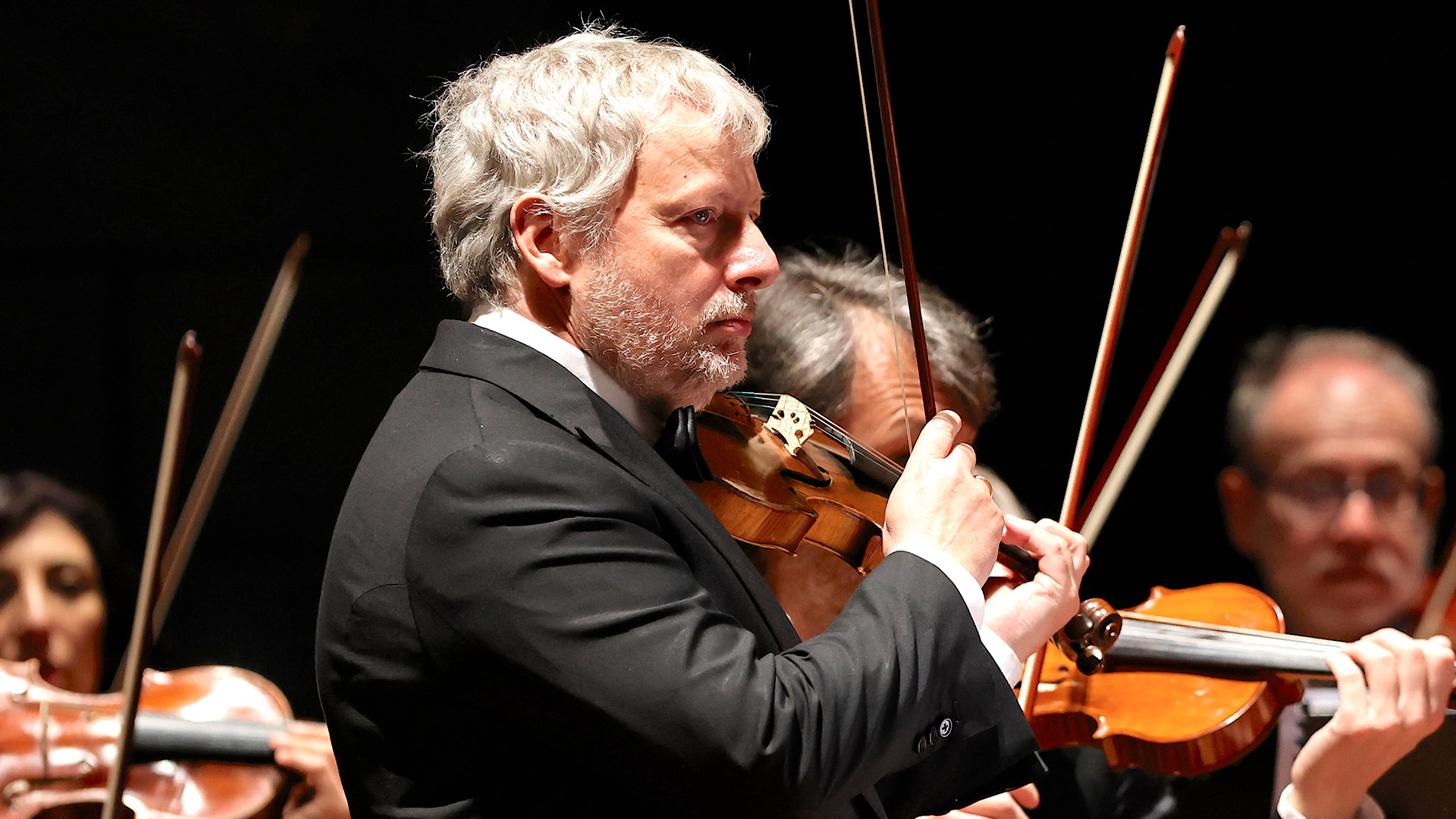WOLFGANG AMADEUS MOZART
Don Giovanni Ouverture K. 527
FELIX MENDELSSOHN
Concerto per violino e orchestra d’archi in re minore (MWV O 3)
FELIX MENDELSSOHN
Symphony n. 1 in do minore, op. 11 (MWV N 13)
Conductor and soloist
Fabio Biondi
Opera Carlo Felice Genova Orchestra
Don Giovanni, one of Mozart’s most famous masterpieces, is a dramma giocoso in two acts composed in 1787 on commission from impresario Pasquale Bondini and premiered on 29 October of the same year at the Nationaltheater in Prague. It is surprising to read that, according to the memoirs of his wife Konstanze, the overture was composed only a few hours after the first performance. It is a two-part piece based on two central themes of the opera, which are, however, presented in reverse order to the action: the theme of the Commendatore – the impending doom – in the Andante in D minor, and that of Don Giovanni – the complex and exuberant dimension – in the Allegro molto in D major. Although the slow onset of the overture is unusual, it is precisely this formal choice that actually determines the circular structure of the work, which opens and closes with the ominous omen and its realisation, and sees in the central section the articulated and multifaceted junction of the story.
The Concerto for Violin and String Orchestra in D minor dates back to 1822, when Mendelssohn was only thirteen years old. The piece, written for teacher and family friend Eduard Rietz, was probably intended for performance during private parties at the young composer’s home. There was no news of the Concerto until 1951, when violinist Yehudi Menuhin rediscovered the manuscript and published it the following year. The minor key gives the Concerto an agitated character, which emerges from the first Allegro. With the Andante, which features a popular theme, a lighter tone is introduced, concluding seamlessly with the brilliant Allegro finale. All three movements require great solo virtuosity. The thematic invention, considering Mendelssohn’s then young age, is remarkable. The composer gives evidence of a varied writing, although formally still very much referring to the models of classicism.
Mendelssohn’s first Symphony was composed in 1824 and was first performed in Leipzig on 1 February 1827. In the early 1920s, the composer had long experimented with the composition of wide-ranging pieces with the two twelve symphonies for string orchestra, arriving at a remarkable awareness in the handling of this ensemble, finally ready to experiment with an even larger orchestral group, for which the main models were the last symphonies of Haydn and Mozart. The Symphony n. 1 opens with an Allegro molto, a lively, sweeping movement with no slow introduction. The Andante that follows is canonically presented as a moment of lightness and lyricism, the innovative feature being found in a formal structure that approaches the rondo. The Menuetto harks back to the Mozart model, but the imaginative thematic invention combined with the dancing rhythm hints at a much more personal approach. The Allegro con fuoco finale in sonata form bursts forth tumultuously, with the second theme entrusted to the clarinet over the pizzicato of the strings. The shooting approaches the form of the fugue.
Ludovica Gelpi
